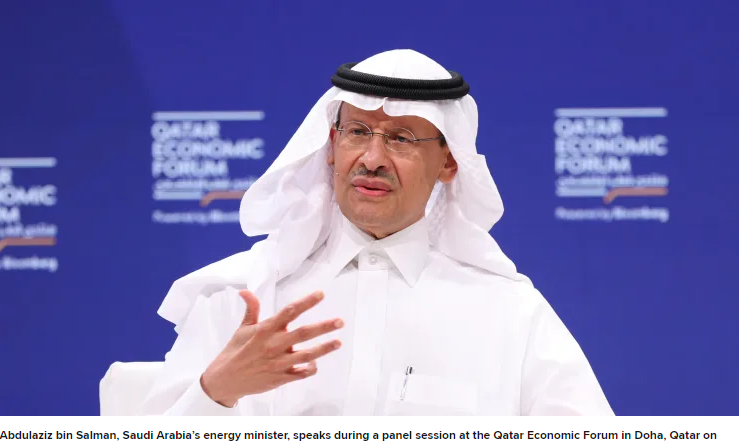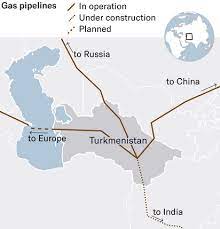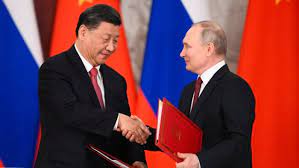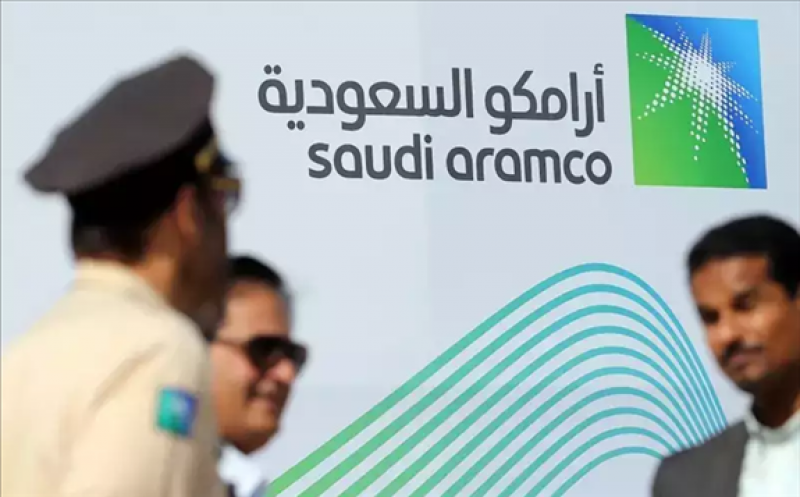Geothermal might find it difficult to compete in the future electricity markets based on cost of generation, yet find a niche role going forward, so an opinion piece by Amory Lovins of the Rocky Mountain Institute at the Pivot2020 event.
The Pivot2020 event, a geothermal energy event hosted by the Geothermal Entrepreneurship Organization at the University of Texas at Austin and the International Geothermal Association in mid-July 2020, clearly received attention and saw rather interesting discussions.
In addition to a previous post sharing Dave Water’s summary and notes from his panel, Amory Lovins, Cofounder and Chairman Emeritus at the Rocky Mountain Institute shared a transcript of his address to the event on “Geothermal Power’s Competitive Landscape”.
In his address he looked at “challenges facing geothermal entrepreneurs in a rapidly changing electricity market” and that his notes “could add a useful thread to the conversation, early enough to ensure that resources are efficiently and effectively applied to realistic goals.”
Looking at the competitiveness of geothermal, he goes into detail about the levelized cost of electricity for different technologies based on Lazard’s LCOE report, and similar reports by IEA and Bloomberg New Energy Finance (BNEF).
He points to the incredibly low prices of new large-scale well-sited wind and PV projects, but also increasingly clean energy portfolio combination and the demand side.
He points also to the baseload factor, describing it as “widely considered obsolete”, quoting Michael Liebreich, founder of BNEF as having said that “the game has changed from baseload to base-cost”. So where does this leave geothermal in the competition to other energy sources?
Essentially, he describes it as a specific niche-based opportunity only pointing to small-scale and distributed heat and power production with flexible sitings as the opportunity for geothermal.
Definitely an interesting take from a perspective on pure data and market dynamics, yet I feel not taking into consideration the additional value created by geothermal in the context of heat and power production, including local economic benefits. So the LCOE basis is one thing with regards to pricing. The long-term value of a geothermal installation for power and heat and calculating in benefits beyond the pure electricity tariff might though provide a different picture.
I would though agree that looking purely at electricity, geothermal might continue playing a niche role, yet more important role in specific geographic settings where you have good resources.
Source: Amory Lovins, “Geothermal Power’s Competitive Landscape”, Rocky Mountain Institute.







